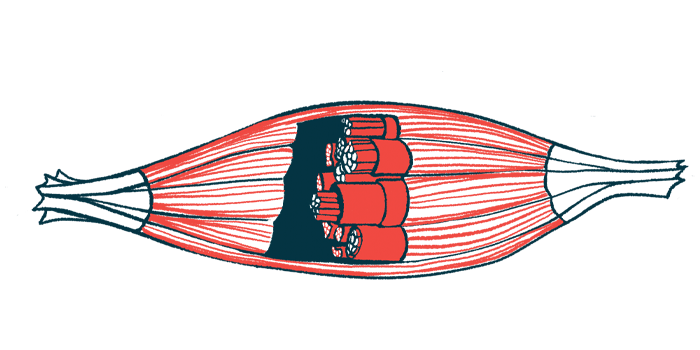Fitness
SMA progression in children may be aided with optoacoustic imaging

A method that uses laser light to get information from inside the body in a noninvasive way may help monitor how spinal muscular atrophy (SMA) is progressing in real time and how children are responding to therapy, a study suggests.
Signals from optoacoustic imaging, which can picture how well muscles are working based on the amount of hemoglobin carrying oxygen to those tissues, accurately matched disease severity and was able to tell treated from untreated children.
“This method is similar to ultrasound scans that have been in use for a long time already,” Emmanuel Nedoschill, MD, the study’s first author, said in a press release. “In just a few minutes, a scan taken outside the body can provide an image of the condition of the muscles inside the body.”
The study, “Monitoring spinal muscular atrophy with three-dimensional optoacoustic imaging,” was published in Med by Nedoschill and other researchers at the University Hospital Erlangen in Germany. Five of the researchers share patents with iThera Medical on optoacoustics or are clinical advisors for the company.
SMA is a genetic disease that affects the nerve cells responsible for controlling voluntary movements, leading to muscle weakness and wasting. While disease modifying therapies are available, a need to monitor whether SMA continues to progress over time remains.
Monitoring treatment response currently involves batteries of tests for motor skills. These tests can be biased because some patients may push themselves harder than others, however. More objective tests are “missing in clinical routine care,” the researchers wrote.
Using optoacoustic imaging in SMA
Ultrasound imaging uses sound waves to make pictures of tissues inside the body, but lacks specific biomarkers to monitor muscle function. Optoacoustics is similar to ultrasound, but provides more detailed information on the molecular events going on in muscle tissues.
Optoacoustic imaging uses a wand-like device that moves across the skin and passes laser light through to muscle tissues. Molecules like hemoglobin soak up light and the tissues emit sound waves, which can be detected and translated into pictures.
Working muscle tissues have a higher demand for oxygen and hemoglobin soaks up light differently depending whether it carries oxygen. Based on this difference, it may be possible to tell the extent of muscle weakness and wasting from optoacoustics.
“In muscles, we can identify the spectrum of hemoglobin in red blood cells that is responsible for transporting oxygen to the organism and removing carbon dioxide,” Nedoschill said. The more muscle cells there are and the more active they are, the more oxygen they require to function.
The study (NCT04115475) included 10 children with SMA (mean age, 9) and 10 healthy children of the same age and sex who didn’t have SMA. Five children with SMA were being treated with Biogen’s Spinraza (nusinersen), a therapy approved for all types of SMA, for an average 15.4 months.
All the children underwent 3D optoacoustic imaging of the upper and lower limbs. Optoacoustic signals were significantly weaker in the children with SMA than in the healthy children (1.016 vs. 1.253 arbitrary units, or au), particularly in the thighs (0.738 vs. 1.026 au).
Of the 10 children with SMA, two had SMA type 1, the most common and severe form of the disease. Four had SMA type 2, and four had SMA type 3. The SMA type 1 children had the weakest optoacoustic signals (0.862 au), whereas those with type 3 had signal intensities closest to healthy values.
Weaker signals correlated with lower scores on the Hammersmith Functional Motor Scale-Expanded, a test for motor skills where lower scores indicate poorer motor function. They also correlated with ultrasound grayscale values.
“The reduction in signal intensity correlated with disease severity as assessed by grayscale ultrasound and standard motor function tests,” the researchers wrote. This means the weaker the optoacoustic signal, the more severe the disease.
The children treated with Spinraza showed significantly stronger optoacoustic signals than the untreated children with SMA (1.180 vs. 0.852 au) and were very close to those of healthy children (1.180 vs. 1.253 au).
While the number of children studied was small, optoacoustic signals performed well at discriminating Spinraza-treated from untreated children with SMA noninvasively and in real time.
“This translational study provides early evidence that three-dimensional optoacoustic imaging could have clinical implications in monitoring disease activity in spinal muscular atrophy,” wrote the researchers, who said optoacoustic imaging isn’t “intended to replace clinical examination in assessing muscular disease” but instead provides a “translational platform that adds to diagnostic accuracy.”










